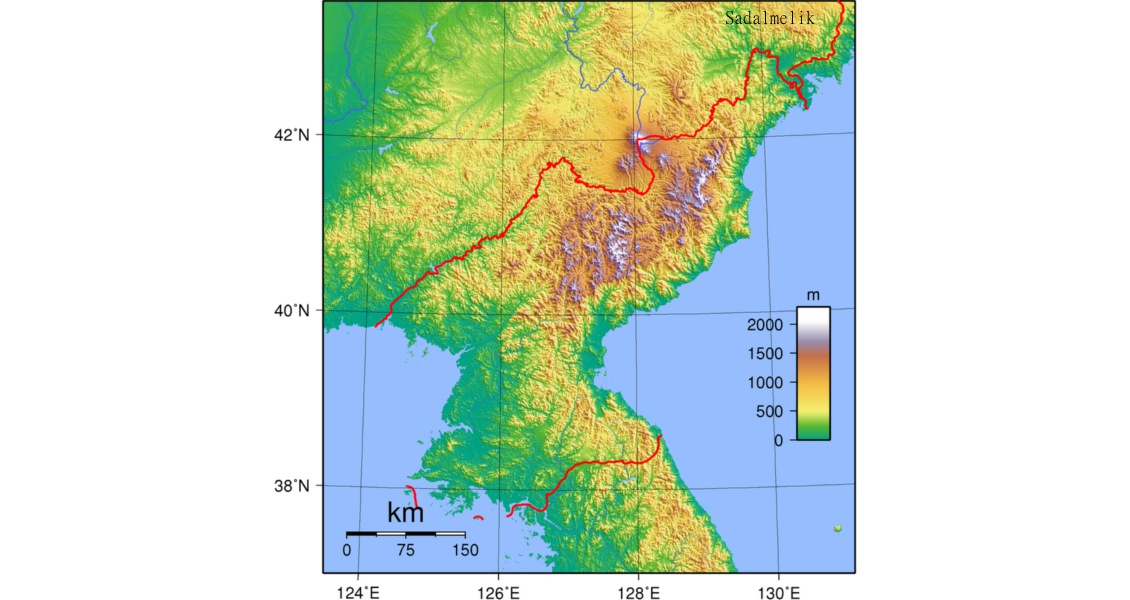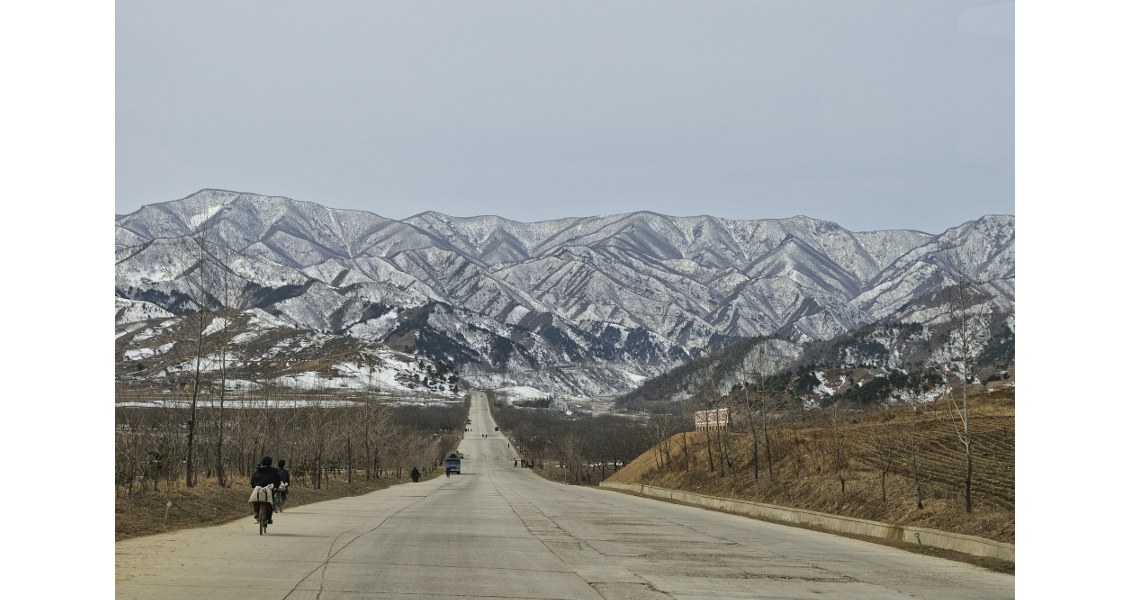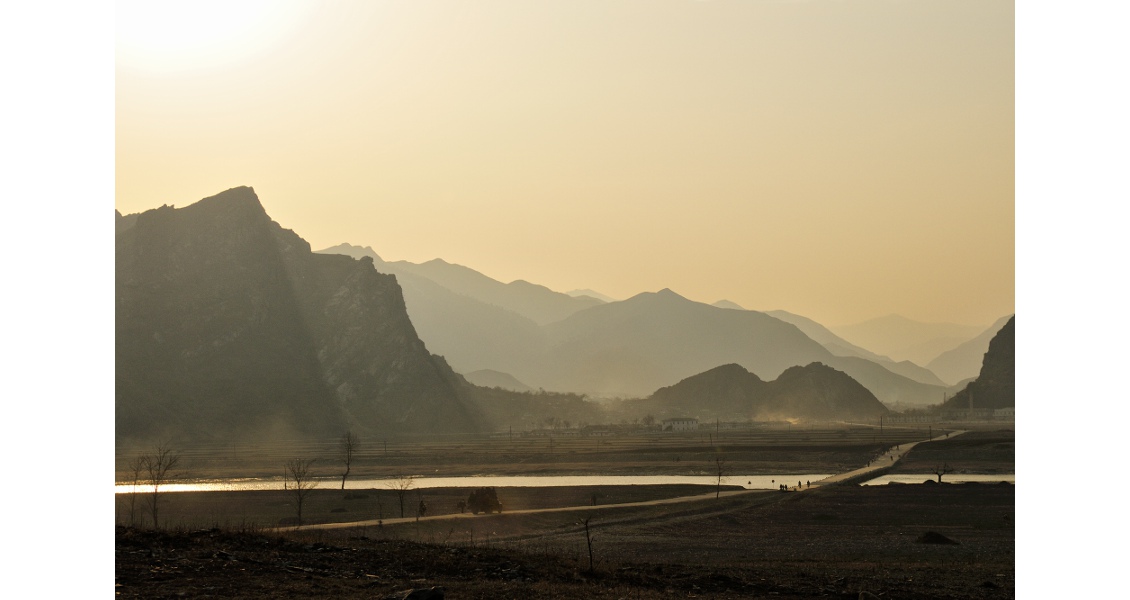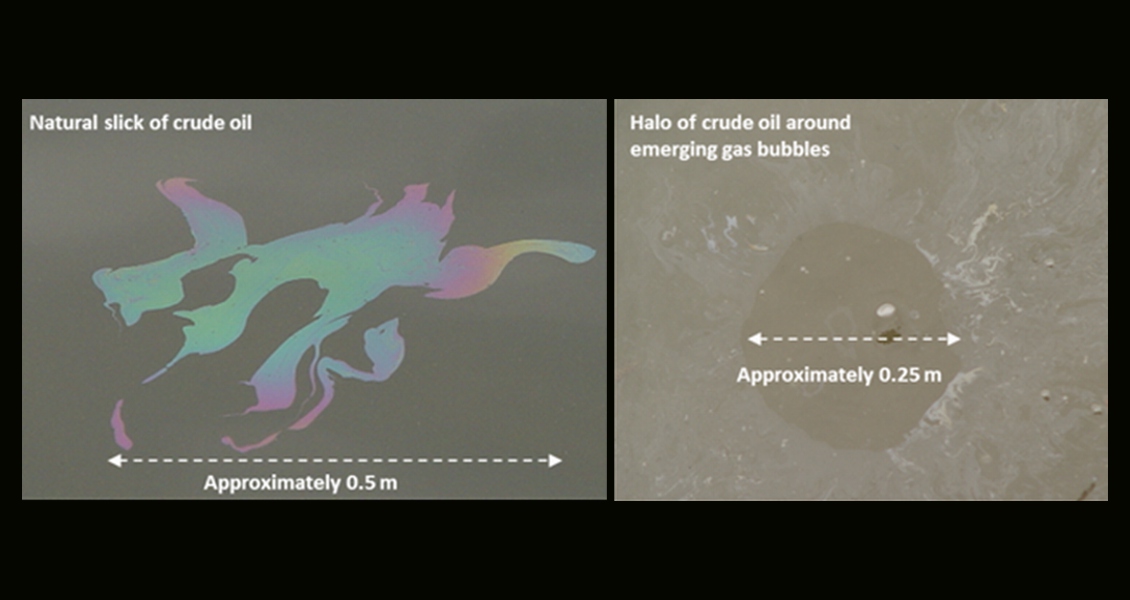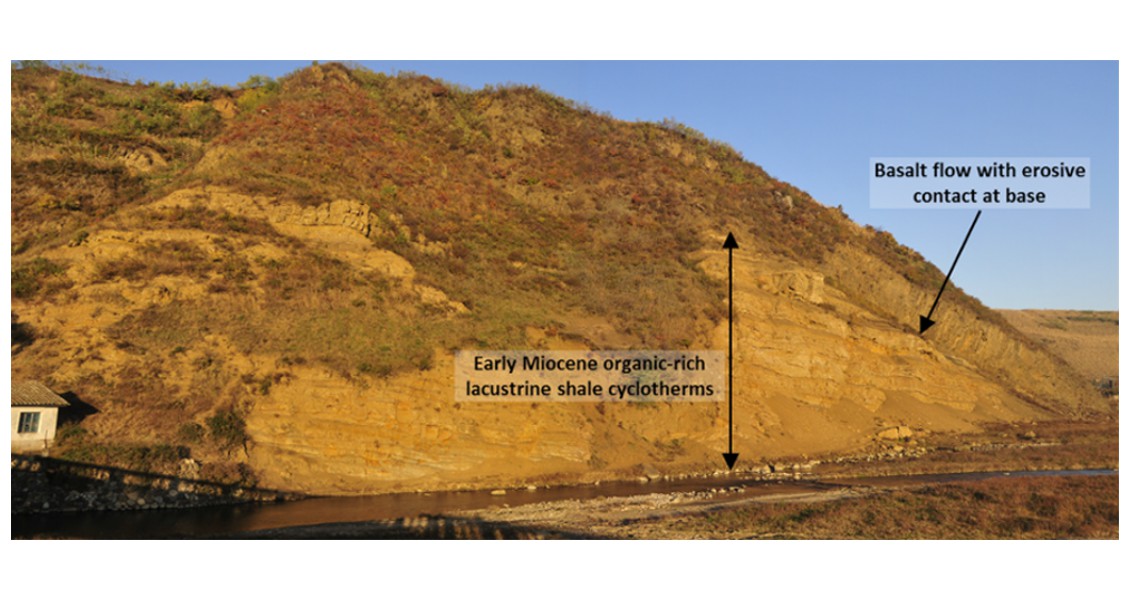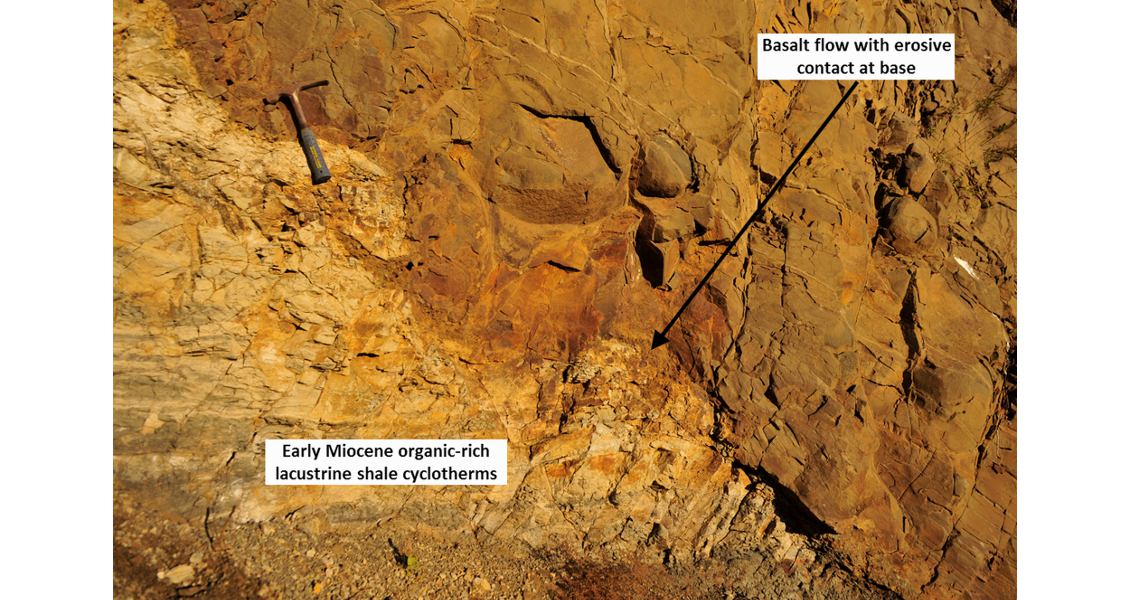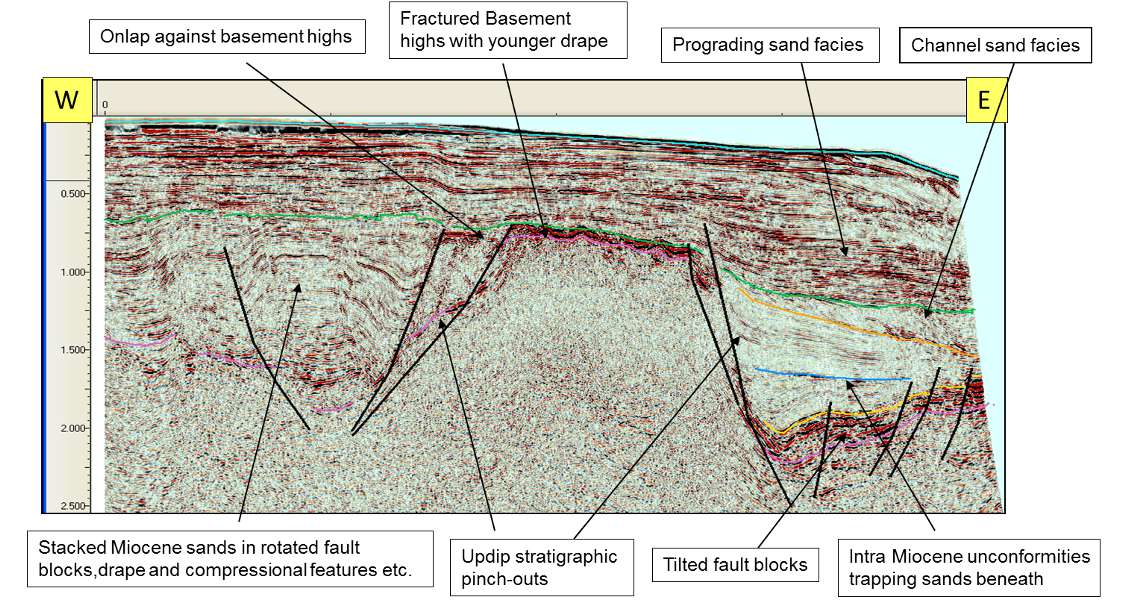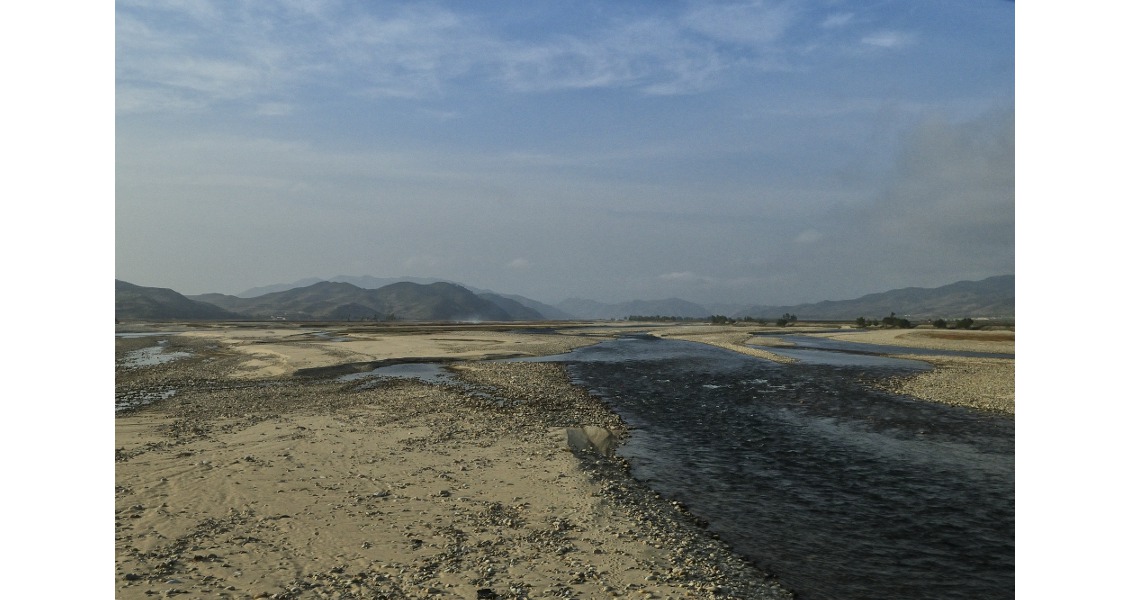The Democratic People’s Republic of Korea (DPRK), commonly referred to in the western media as North Korea, remains one of the world’s most secretive and closed societies. The communist politics are headed by a family dynasty, founded in 1948 by the Great Leader, Kim Il-sung (Grandfather of the current leader, Kim Jong-un), whose politics and legacy still determine many of the country’s policies.
Despite the armistice of 1953 which ended the Korean War in terms of armed conflict, the two Koreas are technically still at war, and whilst the South’s ‘Sunshine Policy’ of rapprochement with the eventual goal of re-unification has periodically acted to bring the two Koreas closer together, it has also been exploited as a bargaining chip by both sides to achieve various concessions, political stand-offs and aid support when needed. Due to the DPRK’s political isolation, the command economy is no longer as strong as in the days when it enjoyed Soviet support, and as a result has been highly exposed to the effects of natural disasters, economic sanctions, and a lack of easy access to modern technologies.
Cheap energy is vital to the lifeblood of any industrial nation, and this is the key area in which the DPRK has suffered in recent years, as aside from coal, there is no known indigenous fossil fuel production, leaving the Koreans heavily dependent on supplies of imported oil by rail and sea which can be easily interrupted in times of political tension. There are no import pipelines for oil or gas.
The lack of indigenous commercial oil and gas production is perhaps surprising, given the abundant evidence for the presence of working hydrocarbon systems both onshore and offshore, and past exploration efforts dating back to the 1970s. Unfortunately much of the early exploration data in digital format was lost due to fire in a data storage archive in the 1990s, but surviving analog data has been digitized to provide more-or-less complete sets of early data.
Offshore Exploration: The West Sea
The West Korea Bay Basin (Figure 1) has seen the most foreign involvement, intermittently in the 1980s and 1990s. It is relatively shallow with water depths generally between 30 and 70m, surrounded by extensive coastal mudflats with a complex tidal system, and is considered to be analogous to the adjacent and highly prolific Chinese Bohai Basin. Exploration began in the 1960s with the Chinese, followed by a joint Korean-Russian study, then 2D seismic prior to the first exploration well in 1977. Major 2D marine seismic surveys were undertaken by GECO A/S in 1980–81.
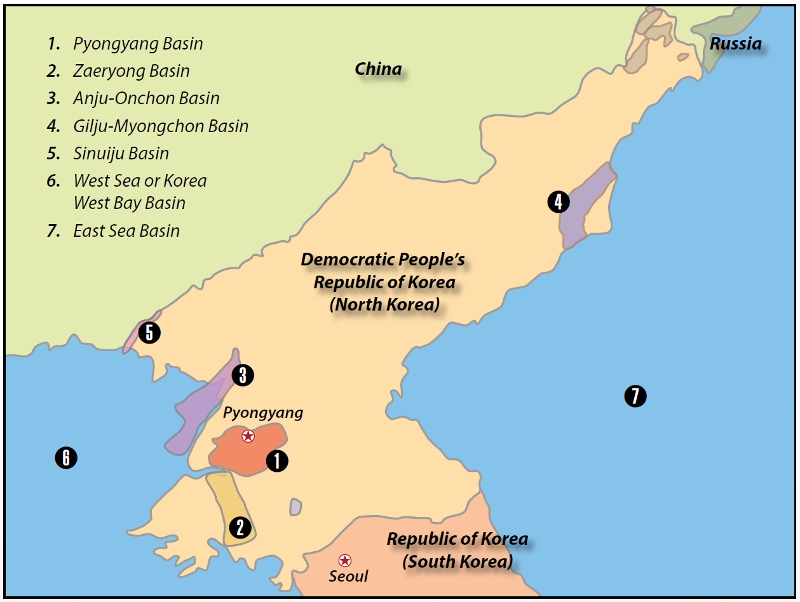 Figure 1: Approximate outline of the main sedimentary basins of the DPRK.At least ten exploration wells are thought to have been drilled in the West Sea, the majority in the central Tertiary depocenter, but only seven are known to have reached their planned TD due to numerous mechanical failures. Most wells had fair to poor oil and gas shows, but two of them, #602 and #606, encountered good oil shows, the latter testing up to 450 bopd on DST. Despite more recent seismic in the 1990s being acquired by Taurus Petroleum, and in the early 2000s by Petronas, no further drilling is known, although it is believed that the Chinese may have shot a 3D marine survey in the central Tertiary depocenter area in recent years.
Figure 1: Approximate outline of the main sedimentary basins of the DPRK.At least ten exploration wells are thought to have been drilled in the West Sea, the majority in the central Tertiary depocenter, but only seven are known to have reached their planned TD due to numerous mechanical failures. Most wells had fair to poor oil and gas shows, but two of them, #602 and #606, encountered good oil shows, the latter testing up to 450 bopd on DST. Despite more recent seismic in the 1990s being acquired by Taurus Petroleum, and in the early 2000s by Petronas, no further drilling is known, although it is believed that the Chinese may have shot a 3D marine survey in the central Tertiary depocenter area in recent years.
Based on penetrated section and recovered oils, three potential sources have been identified, corresponding to the Lower Tertiary, Lower Cretaceous and Upper Jurassic. To date, most prospectivity has been associated with structural traps, including anticlinal and fault seal, unconformity subcrop, and ‘buried hill’ type traps. Potential reservoirs have been encountered in Upper Jurassic, Lower Cretaceous and Paleogene sandstones, and Proterozoic and Paleozoic carbonates in ‘buried hill’ traps. Seismic imaging of the pre-Tertiary is not good on much of the older 2D data.
Five Underexplored Onshore Basins
Onshore DPRK has only been lightly explored to date, by the Korean Oil Exploration Corporation (KOEC) with minimal foreign involvement, although HBOil JSC of Mongolia have recently been granted an option to do so via a possible forthcoming licensing round in conjunction with KOEC.
There are five main onshore sedimentary basins in the DPRK (Figure 1), in which a total of 22 wells have been drilled, many encountering shows of oil and/or gas, with one well reporting 75 bopd of light sweet crude oil/condensate. There have been unconfirmed reports of a 1 Tcf gas discovery in 2002, but little supporting evidence is available. Several smaller basins of limited extent are located in the extreme north-east adjacent to the Chinese and Russian borders, but these are relatively inaccessible to foreigners, and whilst it is known that several have coal production, little is known about their oil and gas potential.
Of the five larger basins, all but one have had seismic acquired over all or part, at least one deep well drilled, and oil or gas seeps and shows recorded (seen at first-hand by the author) (Figure 2).
The Pyongyang Basin is the largest, lying in the central Pyongyang synclinorium with Mesozoic at outcrop, and over 7,000m of Proterozoic and Paleozoic present. Only two deep wells have been drilled, in 1974 and 2009, the latter located on seismic data, whilst surface geochemical work from the last 40 years and several surface oil seepages reveal several major anomalies often associated with fault zones. One such seepage encountered at 6m depth whilst drilling a water well was found to be of Mesozoic age, from a saline marine environment. Deeper subsurface shows found in the two exploration wells were from alternating Lower Ordovician grey-white limestones, and Upper Cambrian dolomites.
The Zaeryong Rift Basin to the south-west of Pyongyang has some 3,000m of Mesozoic and Cenozoic sediments present, with up to a further 3,000m of Paleozoic, and potentially a further 4,000m of Proterozoic. Prolific oil and gas shows are recorded at the surface, particularly on the Taedong River, where slicks have been sampled and typed to Jurassic lacustrine to marine source rocks, similar to those present in the West Sea. The basin also has pre-Cambrian source potential. The only well drilled, a deep stratigraphic well prior to seismic data acquired 1994–95 and 2007–08, encountered Jurassic-sourced oil shows in a pre-Cambrian tilted fault block. Several large structural features have been defined from the more recent seismic and gravity-magnetic surveys in 2010, but despite good evidence for the presence of a working hydrocarbon system, no further wells have been drilled.
The Anju-Onchon Basin lies in the north-east corner of the West Sea area, partly onshore, but separate to the main West Sea basinal area, and contains up to 3,000m of Mesozoic sediments underlying up to 3,000m of Cenozoic sediments. The shallow marine (transition zone) nature of the basin has prevented any significant offshore activity, but oil and gas shows have been encountered whilst drilling onshore, prior to the acquisition of onshore 2D seismic in 2002 and 2007, supplemented by gravity and magnetic surveys between 1961 and 2008. In 1970 well 3203 encountered approximately 70 barrels seepage of water and oil from the Eocene, whilst well 3208 in 1978 found about 35 barrels from the Oligocene. Additionally, well An-401 (drilled 1992, re-drilled 1998) encountered shows of C1-C3 and flowed some 40,000 cmpd of CO2 from Middle Proterozoic Calcareous dolomites. Despite this encouragement, there has been no further exploration drilling since 1998.
The Gilju-Myongchon Basin is on the east coast of DPRK, with some 1,500–3,000m of Cenozoic sediments overlying lower Proterozoic sediments and Mesozoic granites (Figure 3). Exploration has been limited to gravity and magnetic surveys in the late 1960s, and several deep stratigraphic wells drilled primarily as stratigraphic coal wells. Gas has been recorded from several of these, with well 2229 recording a minor influx of gas, oil and water leading to a 40m blowout. Oil saturation was reported at 36%, with shows of C1-C4. Geochemical surveys have indicated several anomalies, and gas seeps provide the heating at a commercial mushroom farm and a local bathhouse.
The Sinuiju Basin lies onshore on the north-west coast abutting the Chinese border. Exploration has been limited to gravity, magnetic, and surface geochemistry, but estimates suggest up to 2,500m of Mesozoic sediments may be present, overlain by up to 1,000m of Cenozoic. No wells are known to have been drilled.
Offshore Exploration: The East Sea
The East Sea of Korea extends from a broad shallow shelf of less than 50m water depth in the easternmost part to a central deepwater region in excess of 2,500m. The surrounding shelf is cut by several major canyons corresponding to broad braided river systems onshore (Figure 4), providing perfect sedimentary entry points for the deposition of extensive submarine fan systems in the deepwater.
Exploration started in the 1970s with Russian geophysical studies, prior to the first 2D marine surveys by the Russians in 1986 and 1989. These led to the drilling of two stratigraphic wells, E-601 and E-602, between 1989 and 1991 in relatively shallow waters to the west of Tongjoson Bay (Figure 5), both of which encountered encouraging shows of oil and gas. In 1997 Beach Petroleum shot approximately 1,000 km of 2D marine seismic in the shallower western region around the two wells, and found that both had been drilled on structures that lacked structural closure along strike. However, they did identify a large number of trap types, most associated with basement structural highs. Unfortunately Beach were unable to continue their exploration program and withdrew, and no new data was acquired until 2012, when Korex Ltd reprocessed the surviving digital seismic data prior to acquiring a new 5,000 km longoffset 2D seismic programme.
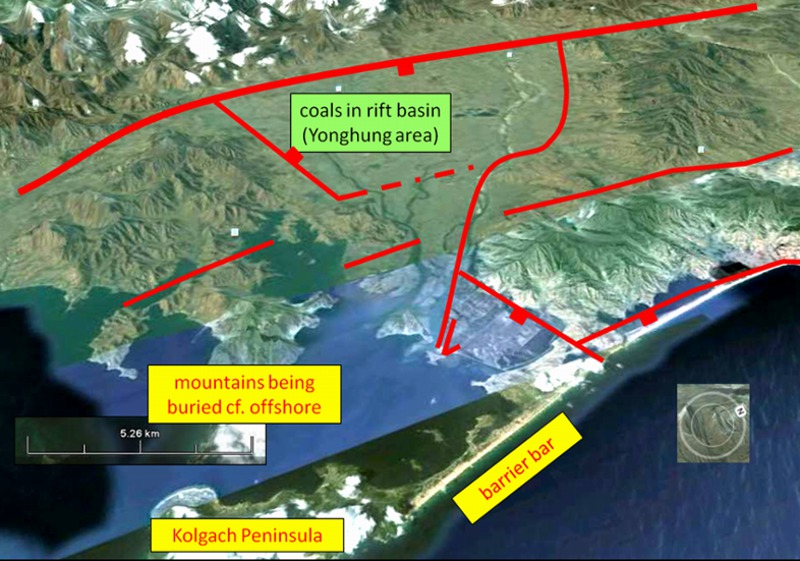 Figure 5: The present is the key to the past: the current East Sea basin is fed by large rivers, with beach bars and ‘being buried’ hills, with point-sourced inputs of major sediment supply, comparable to what is seen offshore on the 2D seismic.Reprocessing of the 1997 2D seismic was highly significant in that it led to the recognition of several potential stratigraphic trap types, previously unrecognized on the older seismic data, including beach bars at a shelf edge break zone (in present day shallow water depths) and prograding seismic facies supportive of the presence of submarine fan/basin floor fan deposition eastwards into basinal lows beyond the shelf-edge via the deep submarine canyons that bisect the shelf region. There is also a good possibility for a shallow basement/’buried hill’ play, dependent upon the degree of fracturing present.
Figure 5: The present is the key to the past: the current East Sea basin is fed by large rivers, with beach bars and ‘being buried’ hills, with point-sourced inputs of major sediment supply, comparable to what is seen offshore on the 2D seismic.Reprocessing of the 1997 2D seismic was highly significant in that it led to the recognition of several potential stratigraphic trap types, previously unrecognized on the older seismic data, including beach bars at a shelf edge break zone (in present day shallow water depths) and prograding seismic facies supportive of the presence of submarine fan/basin floor fan deposition eastwards into basinal lows beyond the shelf-edge via the deep submarine canyons that bisect the shelf region. There is also a good possibility for a shallow basement/’buried hill’ play, dependent upon the degree of fracturing present.
Analysis of cuttings and oil shows from the two wells drilled to date indicates Lower Miocene dark shales to be the most likely source rock, with TOC values of up to 9.3% recorded by Beach Petroleum in E-602. Tar balls collected from the shoreline at Kimchaek are considered to have originated from naturally occurring seafloor oil seeps related to source rocks not unlike those that yielded the E-601 and E-602 GCMS extracts, matching the depositional setting of the sediments, namely Tertiary paralic, with a lower oleanane content possibly indicating a more marine setting. There is a risk of lower maturity source rocks in the deeper water environment, where their quality could be similar to those of the associated diatomaceous cherts (Type I hydrocarbon sources) of the Honshu region of Japan, and similar to the Monterey Cherts of California.
The present is the key to the past: the current East Sea Basin is fed by large rivers (Figure 6), with beach bars, hills and mountains slowly being buried offshore and point-sourced inputs of major sediment supply, all comparable to what is seen offshore on the 2D seismic. With only two offshore wells, located on the basis of limited 2D seismic, the East Sea Basin clearly has much potential to offer.
Excellent Exploration Potential
Undoubtedly the DPRK does have good hydrocarbon potential, both on and offshore, and for those who are prepared to take ‘first mover advantage’, the rewards are there to be had. Sadly, the current politics are a deterrent to many, but despite the DPRK’s reputation in some of the western media, it does offer relatively low cost and low risk exploration opportunities in a low competition environment, with nearby energy-hungry markets.




